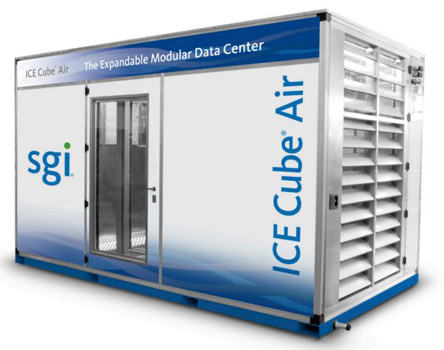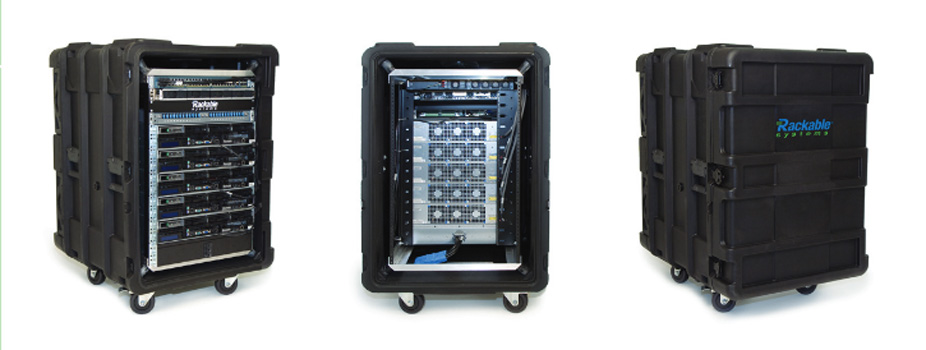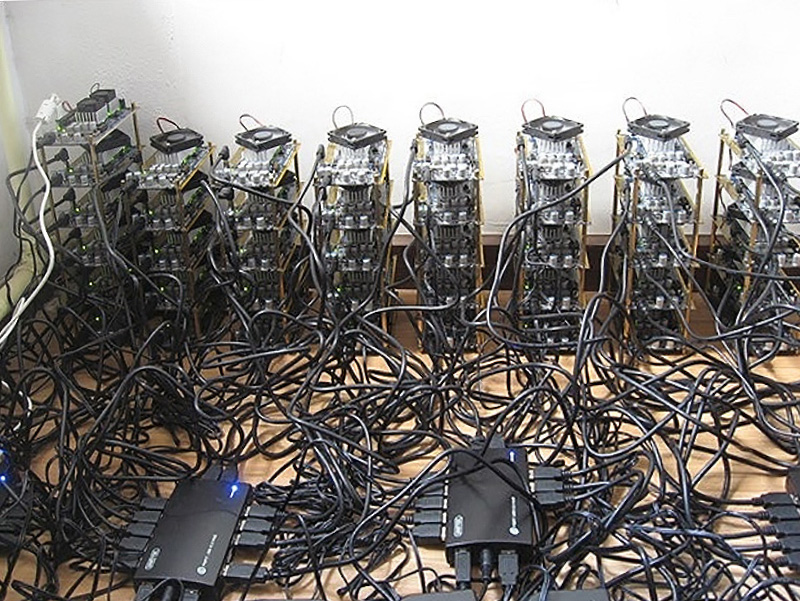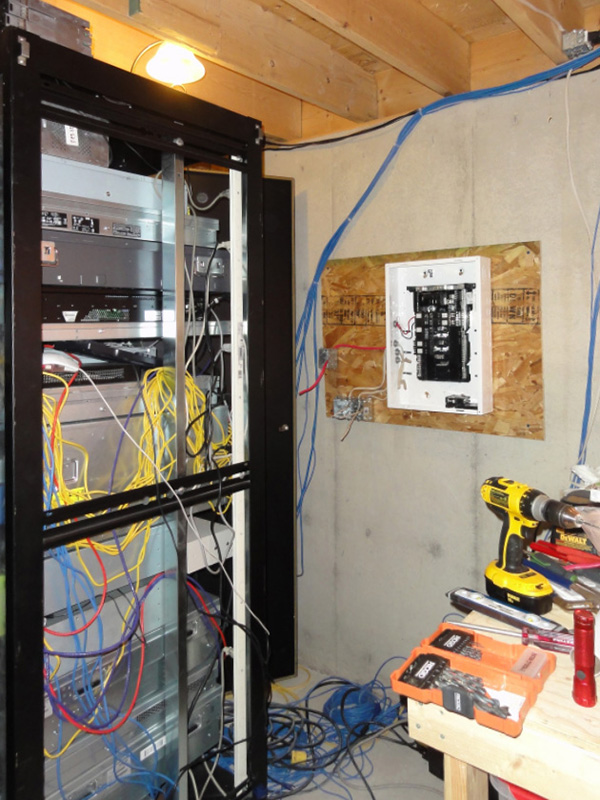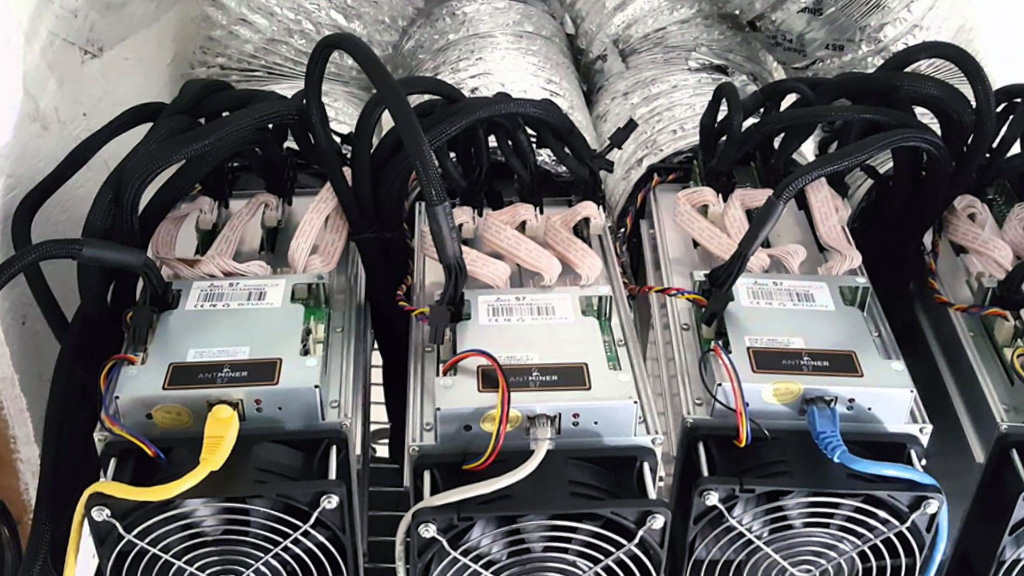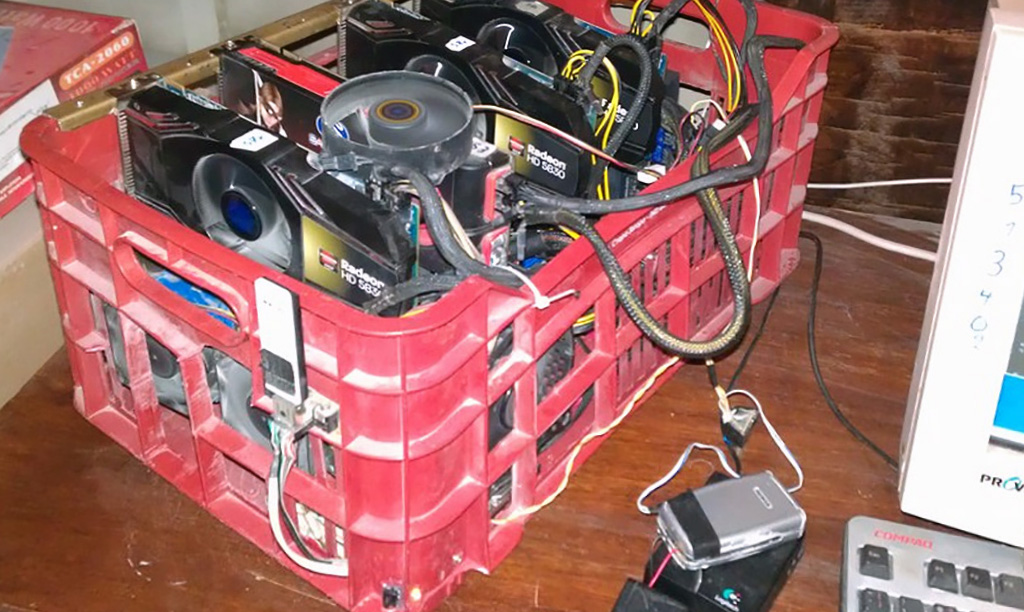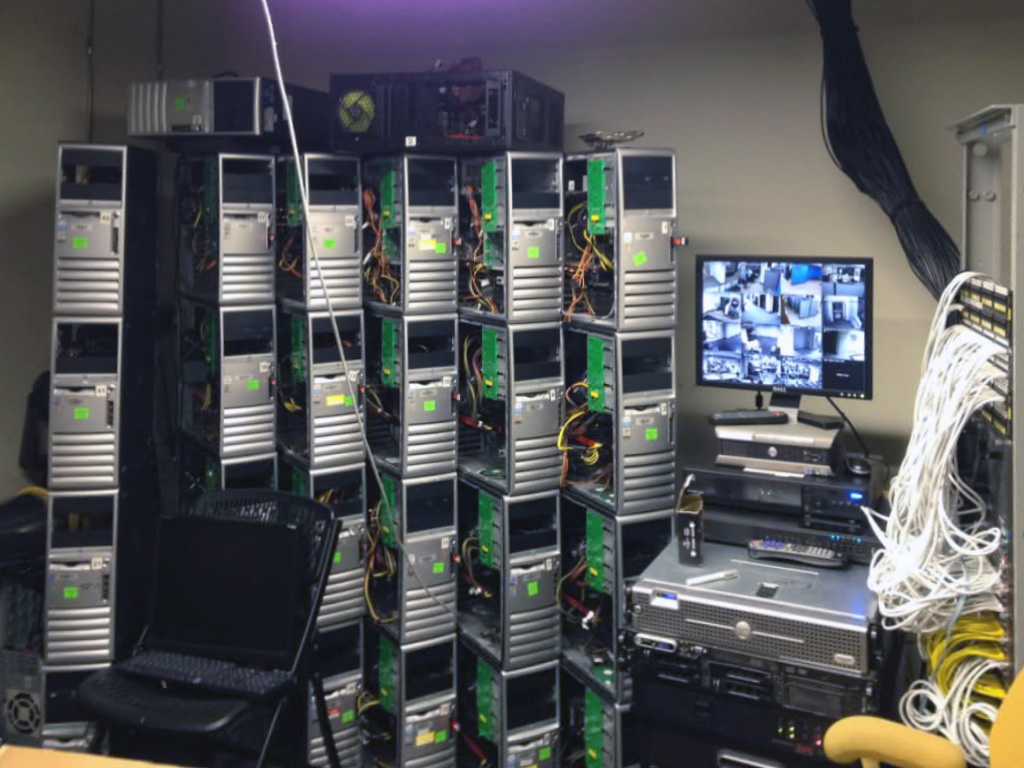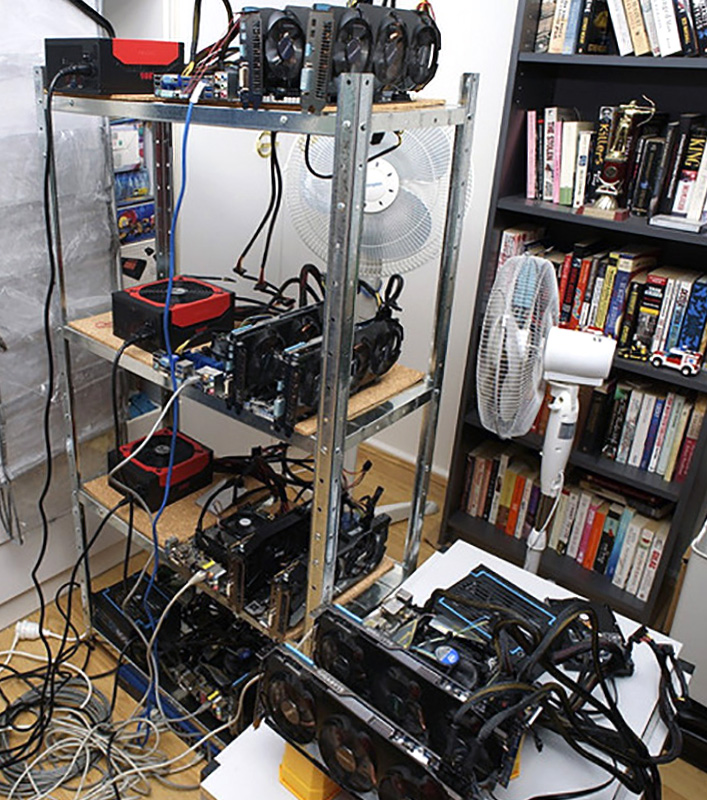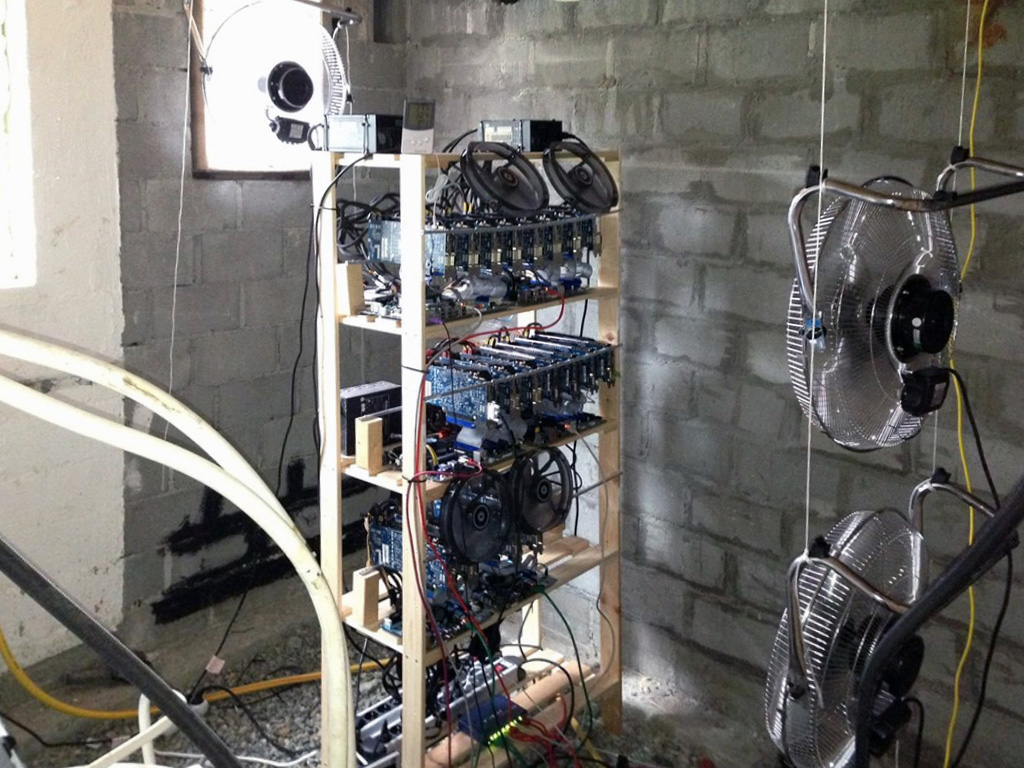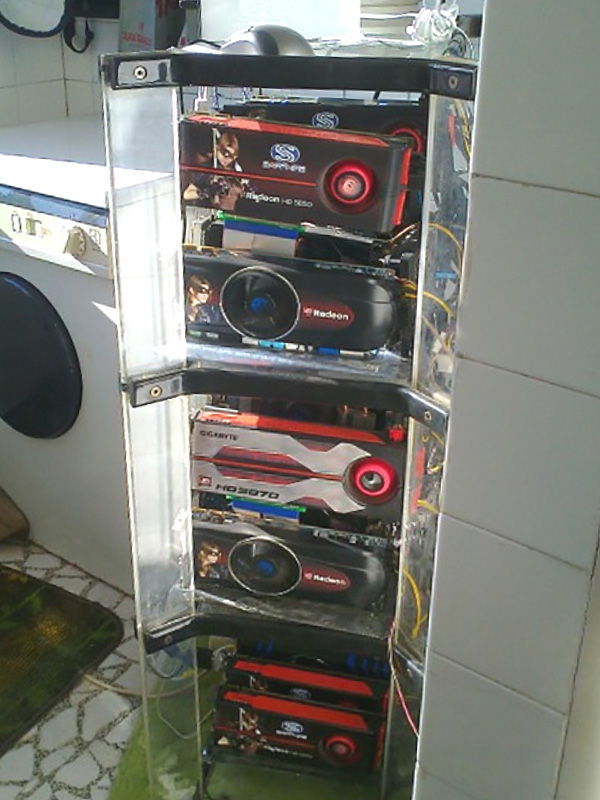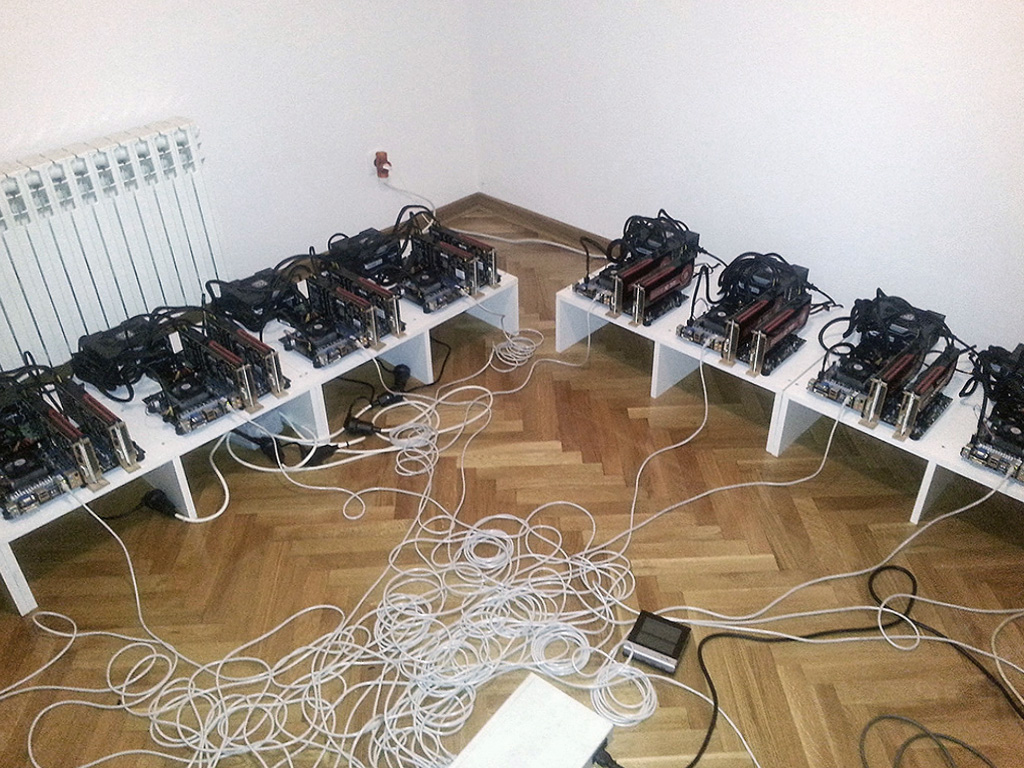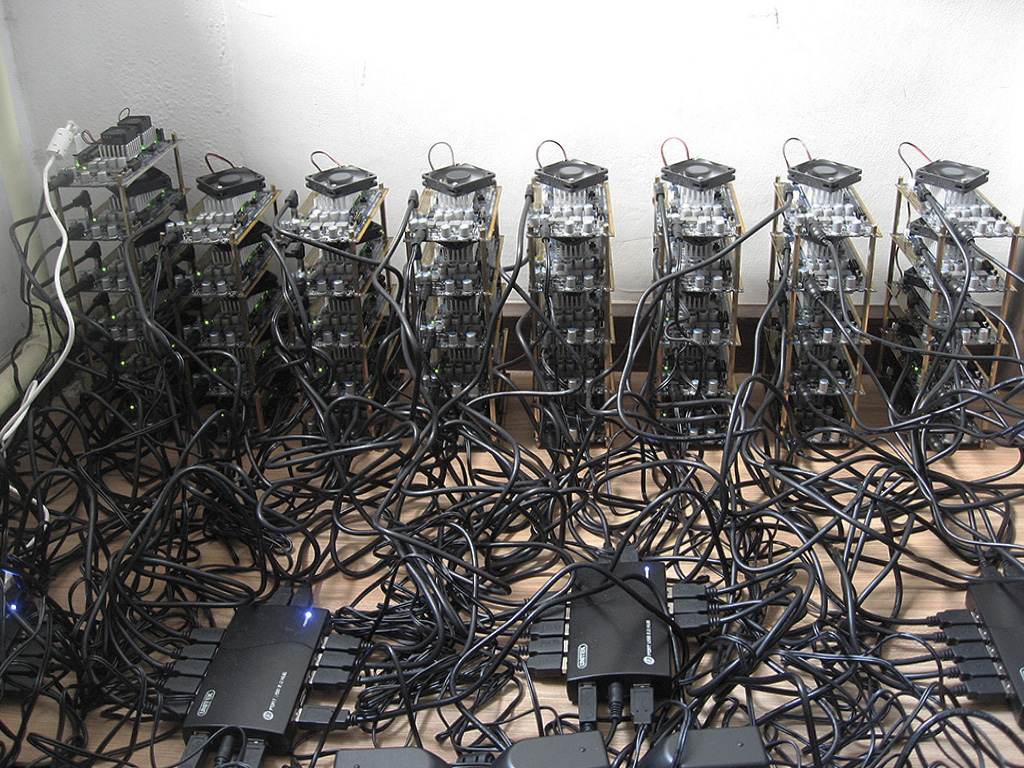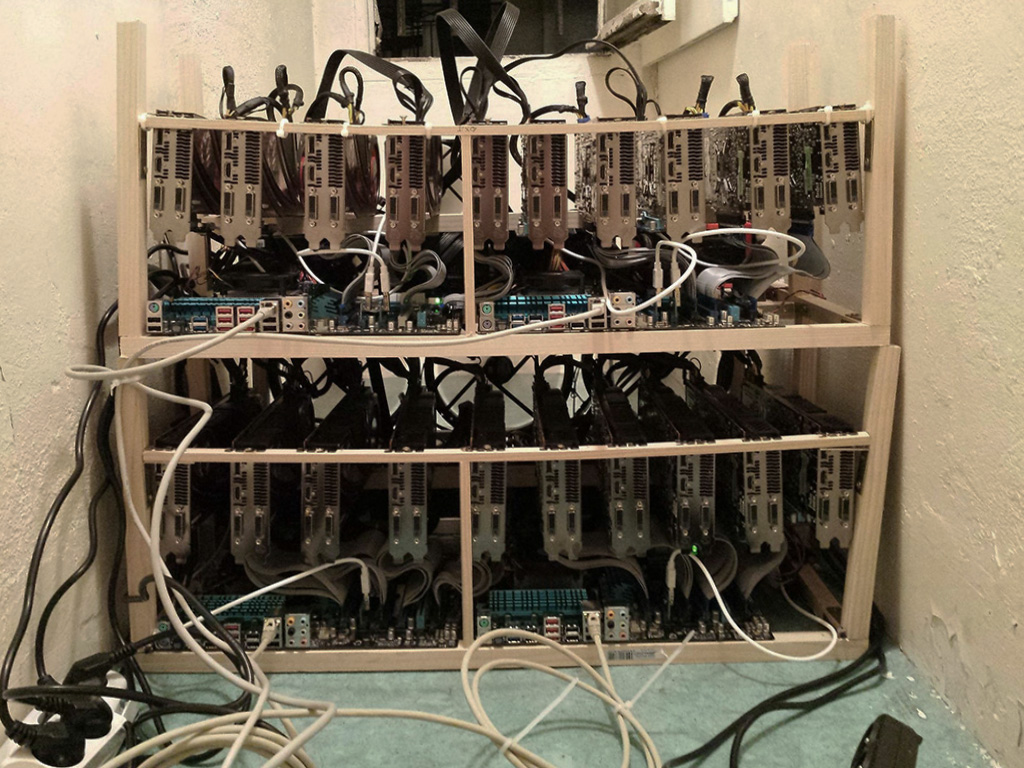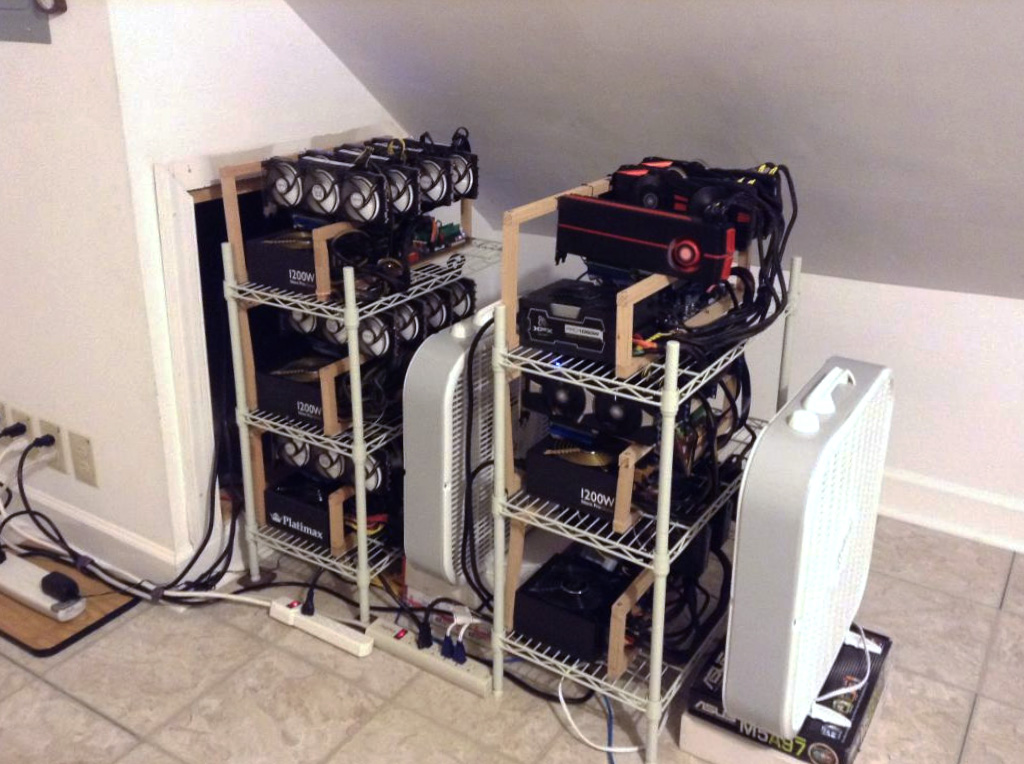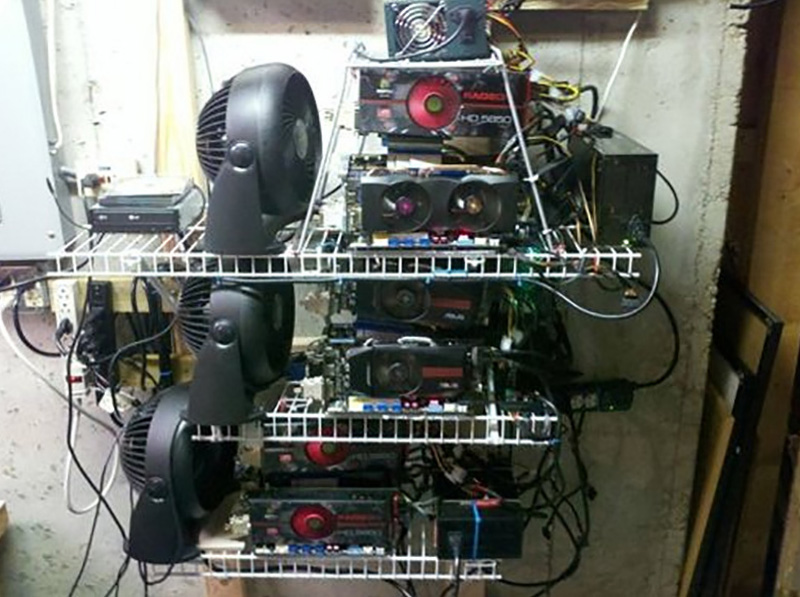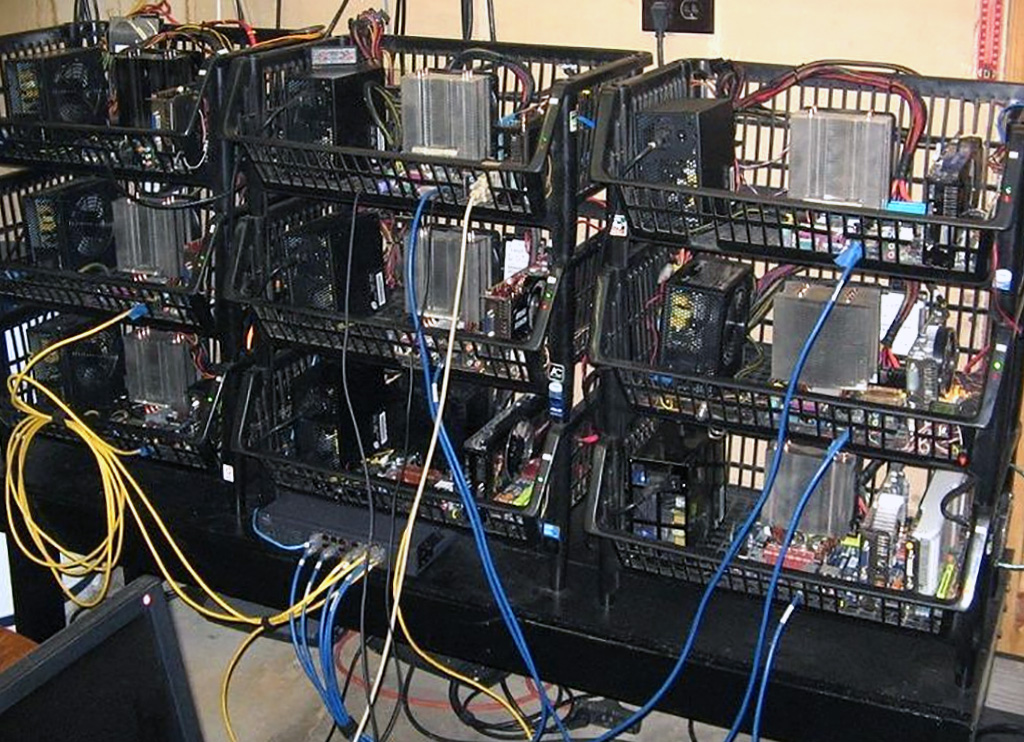SGI had a full line of mobile or modular data centers. Yet we don’t find traces of these products on the actual website of the brand anymore. Does this mean that small scale, mobile or modular datacenters don’t work with big corporate clients and that tere is no real needs for that?
Some pictures here in the gallery about their different propositions. From small mobile cabinet to trucks. There are therefore and undoubtedly close links between the ideas of mobility, fragmentation or reconfiguration about data centers and the one of transportation (transportation of goods by the means of pallet, containers, boats, trains, cargos, etc.)
